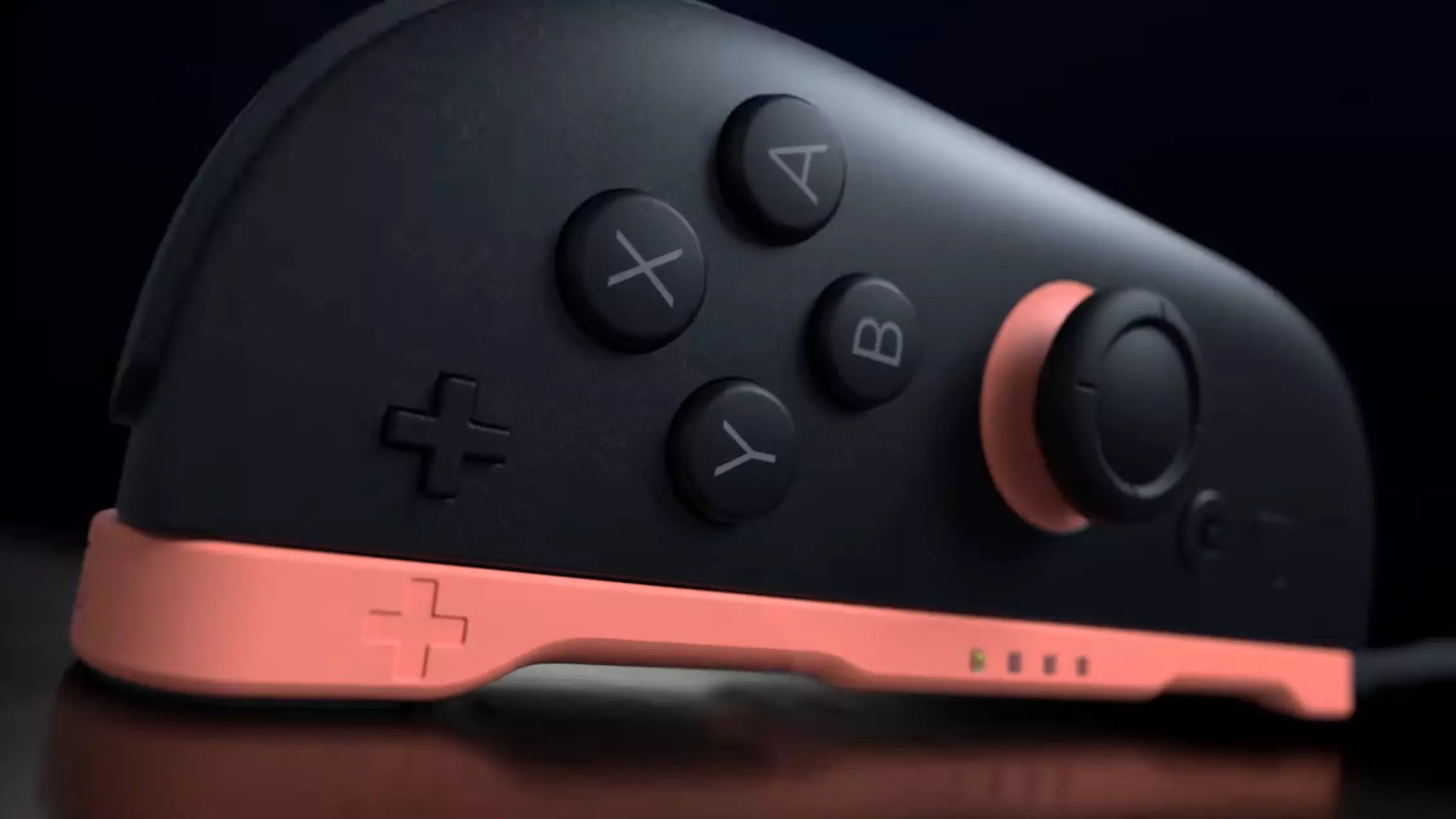The gaming landscape is ever-evolving, with consoles striving to explore new ways to enhance user experience. Nintendo has historically been at the forefront of innovation, and the introduction of mouse controls for the Nintendo Switch 2 raises eyebrows while challenging traditional gaming paradigms. For strategy games like *Civilization* or immersive shooters akin to *Metroid Prime 4: Beyond*, the notion of integrating mouse controls into a handheld console might seem enticing. The concept plays into an urge for precision and speed, characteristics that a mouse inherently offers. However, upon deeper examination, it becomes clear that the practicality and execution of such a feature may not be as compelling as one might hope.
Understanding the Mouse Control Feature
Nintendo’s recent demonstration of mouse controls was featured in a video released through the Nintendo Today app, showing users how to configure and navigate the Home menu using the Joy-Con controllers as makeshift mice. Users are instructed to lay the Joy-Con flat on a surface, effectively transforming their console into a rudimentary, portable PC interface. In theory, it presents an intriguing alternative for navigating the user interface, notably from the comfort of one’s couch. However, the underlying execution casts a shadow over the overall experience.
Critics quickly noted discrepancies that marred the functionality demo. The video exhibited an unusual smoothness in cursor movement, suggesting issues with latency or syncing. In one highlighted instance, the mouse cursor shifts erratically even after the user attempts to disengage from a control prompt, displaying a frustrating lag that could deter users seeking a seamless experience. Such technical oversights not only undermine confidence in the feature’s reliability but also raise broader questions about Nintendo’s commitment to polished gaming experiences in a highly competitive market.
Assessing Usability: A Closer Look
At the crux of the usability debate lies the very nature of Nintendo’s user interface. Unlike its more complex counterparts, the Switch’s Home menu is characterized by a minimalist design. With a mere handful of icons across the screen, one has to wonder if the introduction of mouse controls truly serves a meaningful purpose. Would navigating with a mouse prove to be a more efficient alternative to using the buttons, or would it become a cumbersome distraction? The inherent simplicity of the interface already lends itself well to traditional controller schemes, leaving many to question whether this innovation is a solution in search of a problem.
Interestingly, while the idea of mouse control may appeal to those accustomed to PC gaming, the average console gamer has rarely desired such an option. Gaming is often centered around comfort and intuitive access, with button inputs feeling natural and integrative to the gaming experience. Adding a mouse interface risks complicating this straightforward enjoyment, perhaps alienating gamers who prefer the traditional console setup.
The Broader Implications for Console Gaming
Nintendo’s foray into mouse control could signify a shift in the industry climate, suggesting that hybrid models may become increasingly common. However, as we witness this crossover, it remains crucial to evaluate its effectiveness against established console standards. Will the addition of mouse controls stimulate a more engaging user experience, or will it highlight shortcomings in the interaction design?
As this offering unfolds, one can’t help but acknowledge the broader implications. The gaming community thrives on innovation, but not all experiments yield success. Nintendo’s exploration of mouse control serves as a reminder that pushing boundaries must be balanced with an understanding of user comfort and practicality. The endeavor might spark intrigue within gamers but could also lead to disillusionment if these controls fail to deliver on their promises.
In attempting to reimagine the Nintendo Switch experience, the significant learning curve is apparent: innovation should not come at the expense of user satisfaction. Instead, the challenge lies in refining features that enhance gameplay without straying too far from the core principles that define console gaming itself.

